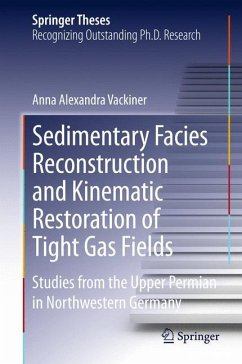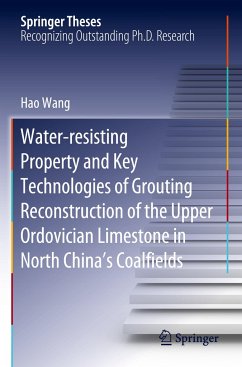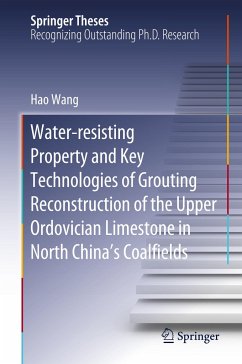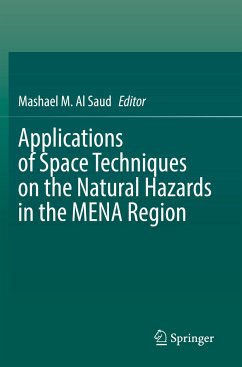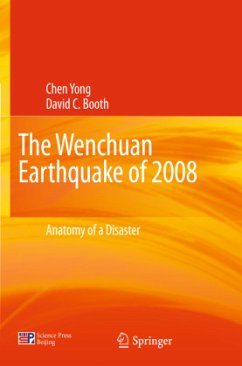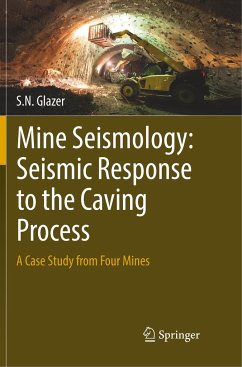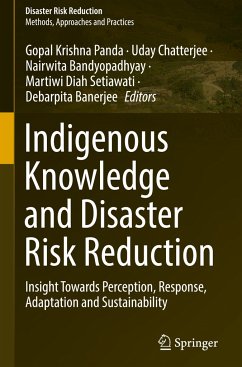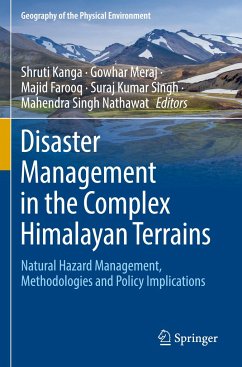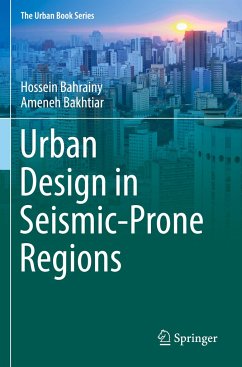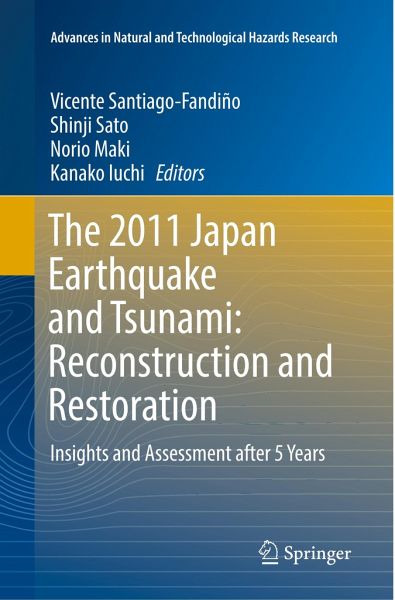
The 2011 Japan Earthquake and Tsunami: Reconstruction and Restoration
Insights and Assessment after 5 Years
Herausgegeben: Santiago-Fandiño, Vicente; Sato, Shinji; Maki, Norio; Iuchi, Kanako
Versandkostenfrei!
Versandfertig in 6-10 Tagen
98,99 €
inkl. MwSt.

PAYBACK Punkte
49 °P sammeln!
This book covers the restoration and reconstruction process and activities undertaken in Japan in the first five years since the 2011 Earthquake and Tsunami - a period widely considered to be the most intensive reconstruction phase within the 10-year restoration plan drawn up by the Japanese Government.The respective chapters explore technical, scientific, social and non-scientific (policy-related) aspects, including: reconstruction and restoration policies, infrastructure and designs for tsunami coastal defence, resilient urban areas and affected communities, housing and relocation schemes, d...
This book covers the restoration and reconstruction process and activities undertaken in Japan in the first five years since the 2011 Earthquake and Tsunami - a period widely considered to be the most intensive reconstruction phase within the 10-year restoration plan drawn up by the Japanese Government.
The respective chapters explore technical, scientific, social and non-scientific (policy-related) aspects, including: reconstruction and restoration policies, infrastructure and designs for tsunami coastal defence, resilient urban areas and affected communities, housing and relocation schemes, disaster mitigation and evacuation measures, reactivation of the economy, revitalization of fisheries and coastal agriculture, and industry and tourism. The book also illustrates some of the achievements and failures in a broad range of projects and initiatives intended to address the above-mentioned issues, making it particularly relevant for experts, decision makers, students and other interested scholars.
The respective chapters explore technical, scientific, social and non-scientific (policy-related) aspects, including: reconstruction and restoration policies, infrastructure and designs for tsunami coastal defence, resilient urban areas and affected communities, housing and relocation schemes, disaster mitigation and evacuation measures, reactivation of the economy, revitalization of fisheries and coastal agriculture, and industry and tourism. The book also illustrates some of the achievements and failures in a broad range of projects and initiatives intended to address the above-mentioned issues, making it particularly relevant for experts, decision makers, students and other interested scholars.



